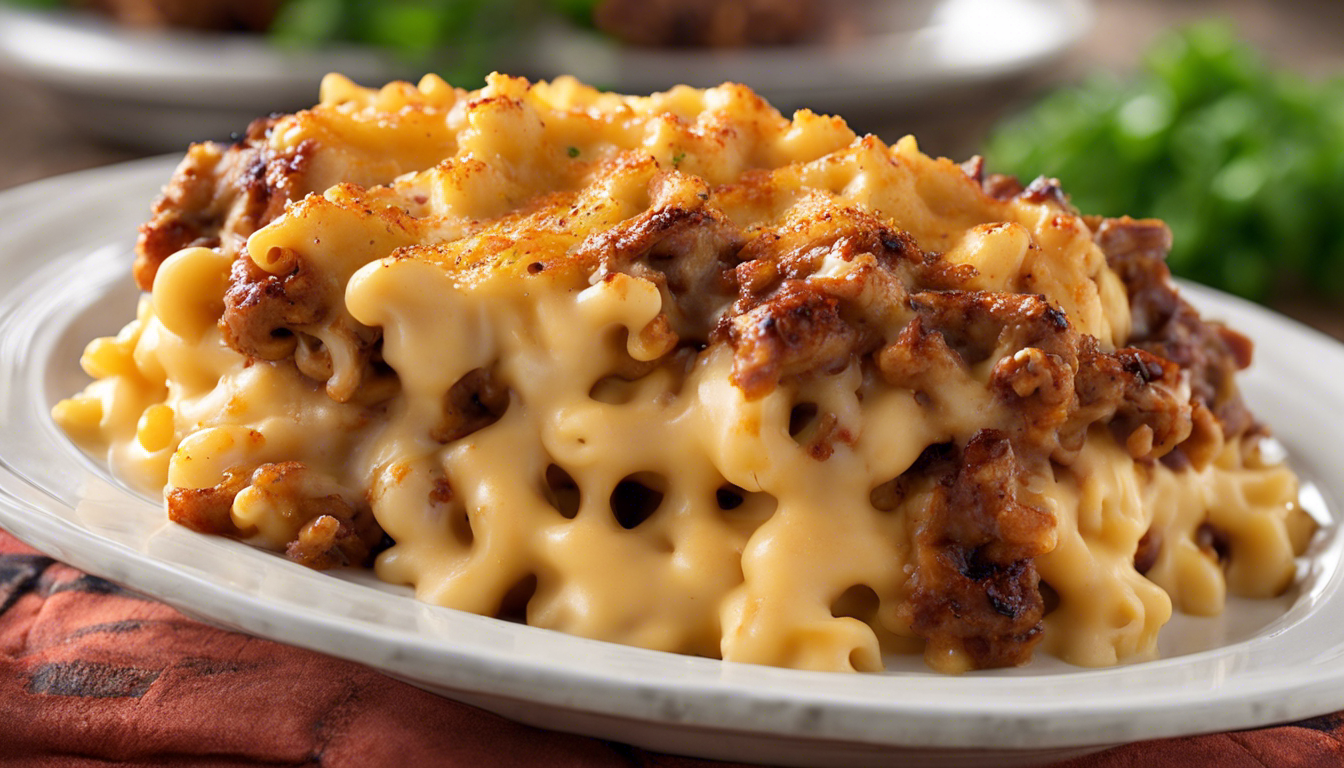
Ingredients and Preparation
Embarking on a culinary journey requires a well-prepared kitchen and the freshest ingredients. To ensure your dish is a masterpiece, begin by gathering all the necessary components. Here’s what you’ll need:
Once you have all your ingredients at hand, it’s time to prepare them for cooking. Depending on the recipe, this may involve washing and chopping vegetables, measuring out spices, or marinating meats. Ensure that each ingredient is prepped according to the recipe’s requirements to facilitate a smooth cooking process.
Remember, the key to a great dish is not just in the cooking, but in the preparation. Take your time to finely chop, precisely measure, and carefully mix your ingredients. This attention to detail will pay off in the flavor and presentation of your final dish.
Step-by-Step Cooking Instructions
With your ingredients meticulously prepared, we can now delve into the heart of cooking. Follow these step-by-step instructions to bring your dish to life:
Step 1: Begin by preheating your oven, grill, or stovetop as required. The correct temperature is crucial for cooking, so make sure to adhere to the recommended settings.
Step 2: If your recipe calls for sautéing vegetables or searing meat, heat a pan over medium-high heat with a touch of oil. Once hot, add your ingredients and cook them according to the specified time, stirring occasionally to ensure even cooking and prevent burning.
Step 3: For dishes that require boiling or simmering, such as soups or sauces, bring your liquid to a boil before reducing the heat. Add in the prepared ingredients, cover, and allow them to cook at a gentle simmer. This method helps to extract flavors and achieve a tender texture.
Step 4: When baking, ensure that your prepared baking dish is properly greased or lined as necessary to prevent sticking. Place your mixture or dough into the dish and smooth out the top with a spatula. Bake in the preheated oven for the duration specified in your recipe.
Step 5: For grilled items, make sure your grill is clean and properly oiled to prevent sticking. Place your ingredients on the grill and cook for the recommended time, flipping halfway through to achieve an even char and cook thoroughly.
Step 6: If your recipe includes a resting period, such as for roasted meats or baked goods, remove the dish from the heat and let it sit undisturbed. This allows juices to redistribute and flavors to meld, resulting in a more succulent and cohesive dish.
Step 7: Finally, check for doneness using a thermometer or by assessing the texture and color of the food. Make any final seasoning adjustments as needed before serving.
Throughout the cooking process, keep a watchful eye on your dish, adjusting temperatures and timings as necessary. Remember that factors such as altitude, humidity, and appliance variances can affect cooking times, so use your senses and best judgment along with the recipe guidelines.
By following these steps with care and attention, you’ll be well on your way to creating a delicious and memorable meal. Happy cooking!
Variations and Serving Suggestions
Once you’ve mastered the basic recipe, you can start to experiment with variations to suit your taste or to add an exciting twist to your dish. Here are some suggestions to inspire your culinary creativity:
- Herb and Spice Variations: Don’t hesitate to adjust the herbs and spices to cater to your palate. If you enjoy a bit of heat, consider adding a pinch of chili flakes or cayenne pepper. For a more aromatic flavor, try incorporating fresh herbs like basil, thyme, or rosemary.
- Vegetable Substitutions: Depending on the season or your preference, you can substitute or add different vegetables. Root vegetables work well in roasts and stews, while leafy greens can be added to soups and stir-fries for a nutritional boost.
- Protein Options: If the recipe calls for a specific type of meat and you’re looking for an alternative, most poultry, beef, or pork can be substituted for one another. For a vegetarian option, consider using legumes, tofu, or tempeh as a protein source.
- Dairy Alternatives: For those who are lactose intolerant or following a vegan diet, dairy products can be replaced with plant-based alternatives. Coconut milk, almond milk, and soy-based cheeses are great options that can mimic the texture and flavor profile of their dairy counterparts.
- Gluten-Free Adjustments: If you need to make your dish gluten-free, look for gluten-free pasta, bread, or flour blends that can be used as direct substitutes in most recipes.
When it comes to serving your dish, presentation is key. Consider garnishing with fresh herbs, a drizzle of high-quality olive oil, or a sprinkle of freshly grated cheese to elevate the appearance and taste. Pairing your dish with the right side can also make a big difference. A simple salad, steamed vegetables, or crusty bread can complement the flavors and textures of your main course.
Remember that cooking is an art and personalizing your dish is part of the fun. Use these variations and serving suggestions as a starting point and don’t be afraid to get creative in the kitchen. With each tweak and adjustment, you’ll find new ways to delight your palate and impress your guests.
